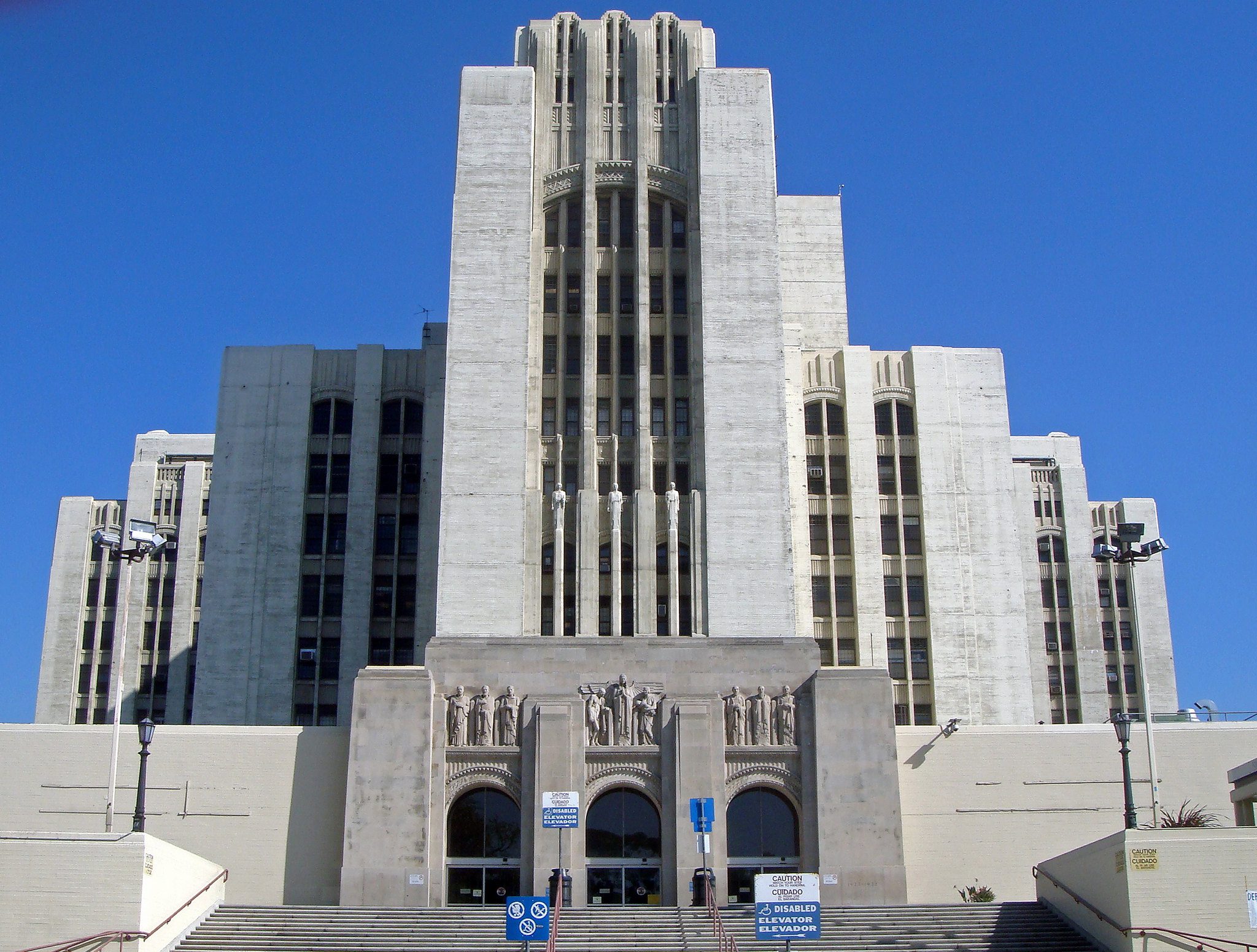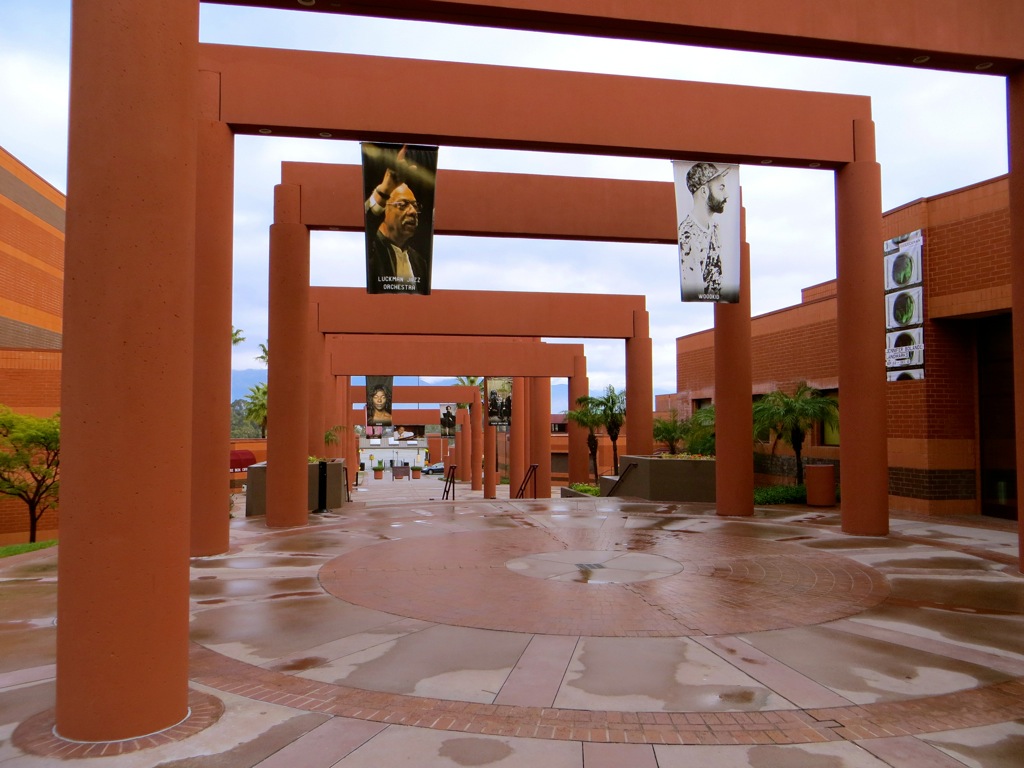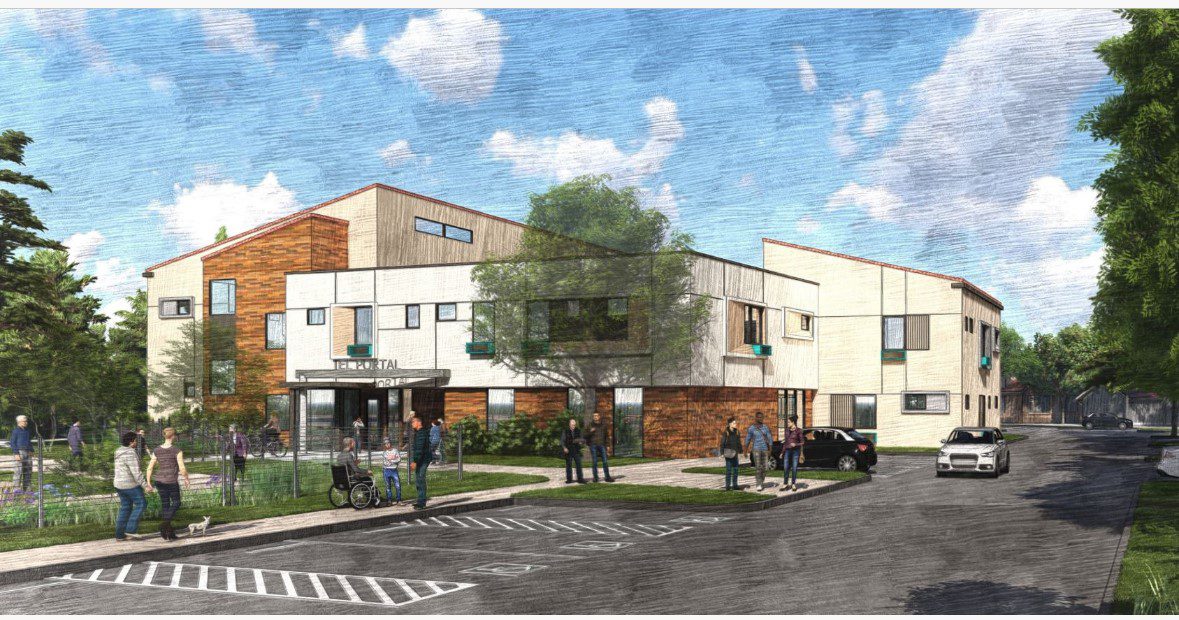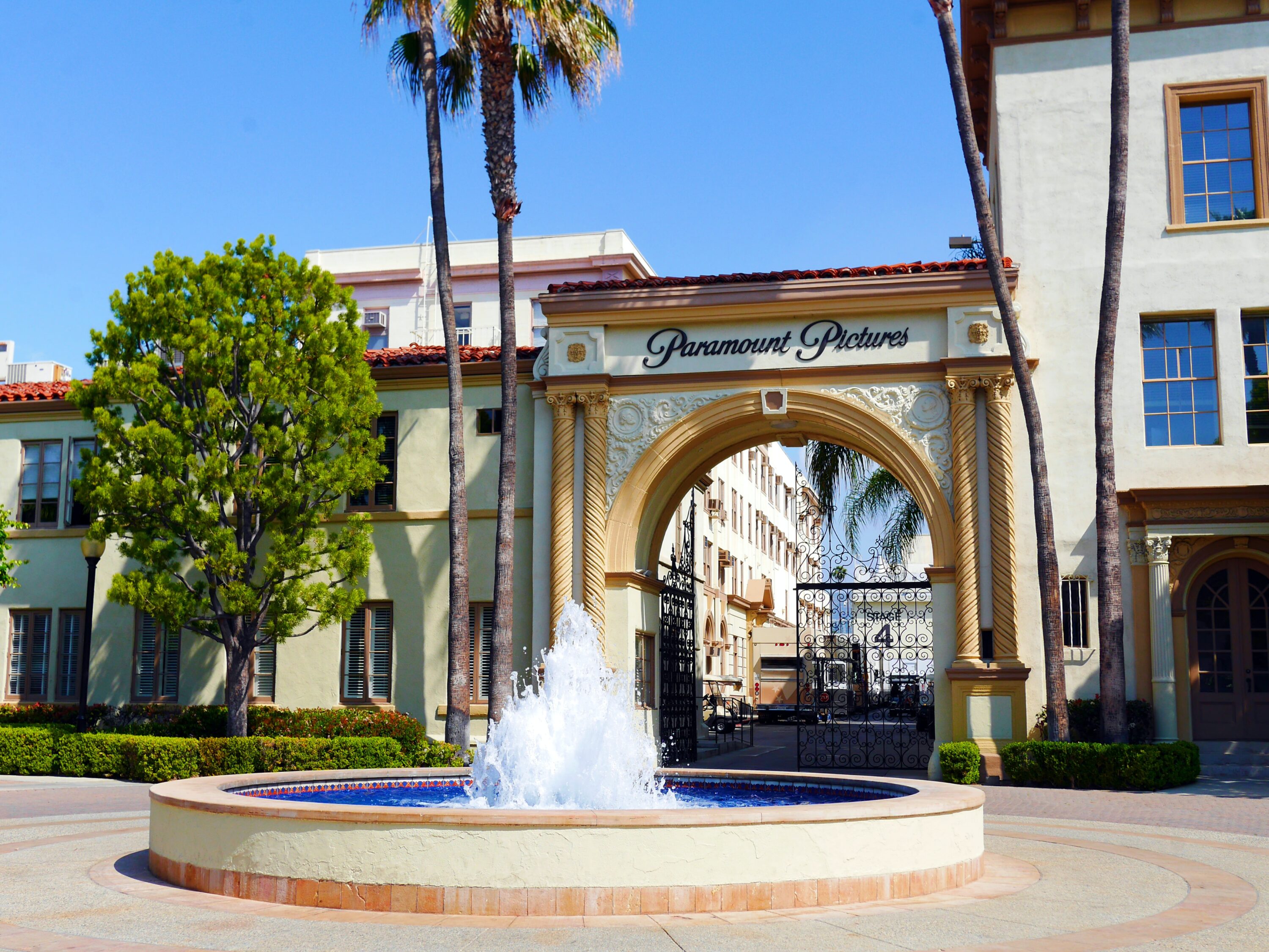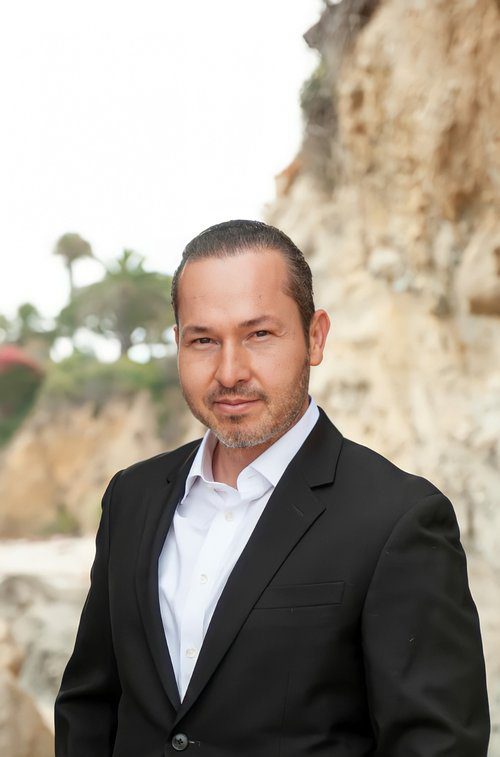The Los Angeles County Board of Supervisors took the next steps Tuesday in a planned overhaul of the historic General Hospital building, with the ultimate goal of providing hundreds of units of affordable housing.
The board voted 4-0 to enter into exclusive negotiations with the Centennial Partners development company for the mixed-use project. The board also approved a motion by Supervisor Hilda Solis calling for the negotiations about the future of the building to include a “robust” community engagement process and ensuring county policies such as local-hiring requirements are met during the development.
Supervisor Janice Hahn recused herself from the votes because she received a financial contribution from an individual involved in the matter.
“The need for affordable housing in Los Angeles County, especially the Eastside, is greater than ever,” Solis said in a statement after the vote. “I am proud to takes this next step to re-purpose a historic county landmark to meet our greatest need.”
She added, “For years, we have prepared diligently for this milestone by completing the General Hospital Feasibility Study, gathering the necessary community input to bring forward a Request for Proposals, and securing critical seed funding.”
According to Solis, the historic General Hospital building has served as a “symbol of health innovation” in the county for decades, and the project will extend its legacy as a site for “healing and community.”
The board confirmed and gave its Department of Economic Opportunity authority to enter into an Exclusive Negotiation Agreement with Centennial Partners. The initial proposal between the two parties calls for a contract agreement of an 18-month term, with as many as four additional 90-day periods.
According to Solis’ office, during the negotiating period, the county and Centennial Partners will negotiate the terms of the agreement for the adaptive reuse of the historic General Hospital building and the development of neighboring underutilized county-owned land. During that process, the county and developer will also continue community engagement efforts.
Under Solis’ motion, the developer will also be required to meet or exceed Local Targeted Worker Hire requirements, which aims for a minimum of 30% and 10% participation, respectively, for local and targeted workers’ hours during construction, respectively.
The board passed an additional motion Tuesday to advance the next phases of development on the campus, which will feature a Mental Health Urgent Care Center, a Residential Withdrawal Management Facility, and a Mental Health Rehabilitation Center, addressing both pressing and subacute mental health needs as well as substance use issues.
The Mental Health Urgent Care Center will help decompress overcrowded Emergency Departments while providing urgent behavioral health services, while the Residential Withdrawal Management Facility will feature 32 beds for those with substance use needs — including sobering services and case management.
The Mental Health Rehabilitation Center will feature 128 subacute beds, providing a long-term care-driven setting for residents with pressing mental health needs.
In a statement following the vote, Mayor Karen Bass hailed the board’s action.
“Los Angeles General has always served our most vulnerable and as someone who once worked there, I am proud that the grounds will continue to serve this city,” Bass said in a statement.
Several labor groups, housing and health advocates, and community organizations expressed their joy and gratitude for the board considering the project.
The board last year approved a motion by Solis calling on various county departments to move forward with plans for structural upgrades to the building and to identify nearly $195 million in county funding to advance the effort.
She said at the time she hopes the renovation project will provide housing for more than 500 people.
The 19-story, 1.2-million-square-foot building near the border of Lincoln Heights and Boyle Heights opened in 1934 and was considered at the time one of the most robust medical centers in the country. It is also an architectural gem, with its art-deco design and ornate ceiling artwork.
But the building suffered structural damage during the 1994 Northridge earthquake, prompting construction of what is now known as Los Angeles County General Medical Center, previously known as County+USC Medical Center.
Most of the original General Hospital structure sits unused, except for a Wellness Center clinic on the ground floor and some county office space.
“The project site is uniquely situated at the intersection of community, health, and wellness,” Solis wrote in her motion that was approved by the board Tuesday. “By prioritizing the community’s needs, the project can create a regionally significant center for healing and wellness that uplifts the surrounding communities. To ensure the community reaps the utmost benefits from this project and the county’s historic asset, it is imperative that the board continues to create forums to uplift the community’s voice and facilitate early outreach and engagement with labor stakeholders and other partners.”
In a letter to the board recommending the exclusive negotiating agreement with Centennial, Kelly LoBianco, director of the county Department of Economic Opportunity, wrote that the goal for the campus is a “mixed-use project comprised of affordable and market rate housing, commercial spaces, office and economic opportunity spaces, community-oriented space, open space, adequate parking, and other infrastructure. This follows Supervisor Hilda Solis’ vision for a ‘Healthy Village,’ centered on the county’s flagship (General Medical Center). This vision aims to target support for the most vulnerable populations and address critical community needs such as a mission- aligned reuse of the historic General Hospital building; revitalization and maximization of the entirety of the area comprising the Project Site; provide low-income and high-need population affordable housing; and wraparound community services informed by the Whole Person Care concept.”
According to LoBianco, the developer’s initial proposal for the site includes 885 housing units, with at least 30% of them affordable units. It also envisions a hotel, 168,000 square feet of retail, along with laboratory/medical offices and community/general services space, as well as associated parking.
Solis is also spearheading the creation of a Restorative Care Village on the campus, which will provide a comprehensive continuum of care to address the physical health, behavioral health, and substance use needs of the county’s most vulnerable residents.
Already in operation on the campus are 96 recuperative care beds, providing long-term care and support for those with chronic health needs, including residents experiencing homelessness.
There are also 64 crisis residential treatment program beds as part of the village, providing acute mental health care to patients, and providing a care-driven setting to allow clients experiencing acute mental health needs a place to recover and stabilize.

